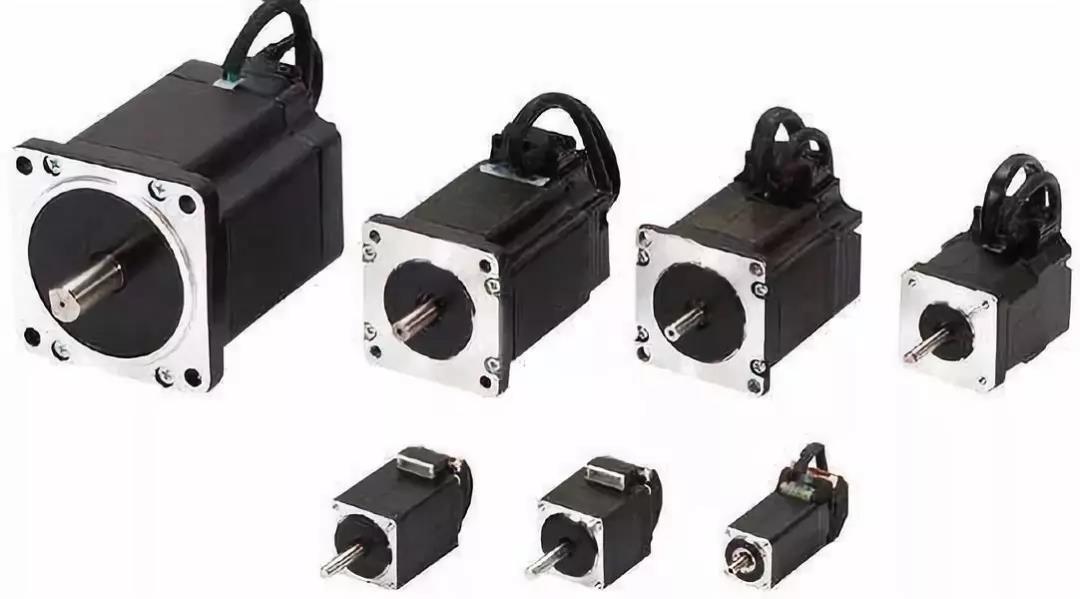Stepper motors are actually a special type of brushless DC motors that require direct current drive and commutation of the driver. However, due to the great difference between the motion characteristics and DC brushless motors, stepper motors are divided into a single product category.

Stepper motor features
1. The stepper motor can realize the precise control of the motor speed and position. Generally, the accuracy of the stepper motor is within 5% of the step angle, and no error is accumulated.
2. The stepping motor must be driven before it can run. The driving signal must be a pulse signal. When there is no pulse, the stepping motor is stationary. If a suitable pulse signal is added, it will rotate at a certain angle (called the step angle). . The speed of rotation is proportional to the frequency of the pulse.
3. Change the order of the pulses, you can easily change the direction of rotation. Therefore, printers, plotters, robots and other devices are powered by stepper motors.
4. The maximum allowed temperature of the stepper motor. If the temperature of the stepping motor is too high, the magnetic material of the motor will be demagnetized first, which will cause the torque to drop or even step out. Therefore, the maximum allowable temperature of the motor's appearance should depend on the demagnetization point of different motor magnetic materials. Generally speaking, the demagnetization of magnetic materials The points are all above 130 degrees Celsius, and some are as high as 200 degrees Celsius or so, so the surface temperature of the stepper motor is completely normal at 80-90 degrees Celsius.
5. The torque of the stepping motor will decrease with the increase of the speed. When the stepping motor rotates, the inductance of the windings of each phase of the motor will form a reverse electromotive force; the higher the frequency, the greater the reverse electromotive force. Under its action, the phase current of the motor decreases with increasing frequency (or speed), which results in a decrease in torque.
6. The stepper motor can run normally at low speed, but if it is higher than a certain speed, it cannot start, and it is accompanied by howling. The stepper motor has one technical parameter: the no-load start frequency, that is, the pulse frequency at which the stepper motor can start normally under no-load conditions. If the pulse frequency is higher than this value, the motor cannot start normally and lost steps or stalls may occur. Under load, the starting frequency should be lower. If you want to make the motor rotate at a high speed, the pulse frequency should have an acceleration process, that is, the starting frequency is low, and then it rises to the desired high frequency at a certain acceleration (the motor speed increases from low speed to high speed). Stepping motors play a significant role in the digital manufacturing era because of their remarkable characteristics. With the development of different digital technologies and the improvement of stepper motor technology, stepper motors will be applied in more fields.

